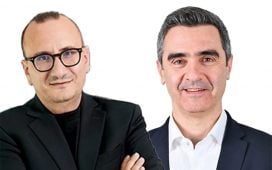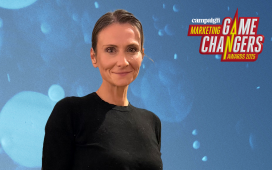Wissam Traboulsi, CEO, BSA shares his thoughts on the current OOH landscape.
What OOH innovation has excited you the most over the past 12 months and why?
The advancement of programmatic Digital Out-of-Home (DOOH) has been the most exciting innovation for me. The ability to dynamically change content in real time based on factors like weather, audience demographics, or even traffic flow has transformed the way brands can engage with their audiences. This flexibility allows advertisers to be more creative, agile, and relevant in their messaging, maximising
impact and ROI.
In your opinion, what makes OOH remain one
To continue reading this article you need to be registered with Campaign. Registration is free and only takes a minute. Register Now or sign in below if you already have an account.









